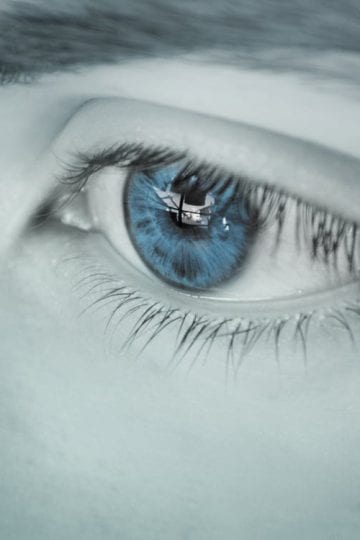Optimally functioning vision includes three layers that might need to be addressed: sight (eyesight or visual acuity), visual efficiency (eyes working together properly), and visual information processing.
If your student is having reading problems, start with a routine eye exam to assess the physical health of their eyes and eyesight. If there is a physical problem with the sharpness or clarity of eyesight, it will be addressed with eyeglasses or contact lenses.
However, a student who has 20-20 eyesight can have visual processing challenges if their eyes are not working together efficiently. “Sight merely refers to eyesight or visual acuity. Vision refers to seeing, processing, and responding to visual information.”
A comprehensive vision exam with a developmental optometrist or ophthalmologist will assess visual efficiency, which includes how well the eyes:
Your child may benefit from vision therapy exercises. Vision therapy exercises (lasting three to twelve months) can help the six sets of eye muscles work together to make reading more comfortable. The College of Optometrists in Vision Development website, www.COVD.org, is the best source for finding a qualified developmental optometrist who can properly evaluate and provide vision therapy to treat these kinds of vision challenges. The website also provides useful checklists and developmental timelines to help parents identify whether their child needs this more thorough vision evaluation.
Other visual information processing issues that vision therapists address include:
Vision conditions that can benefit from vision therapy include:
Dyslexia can co-exist with visual processing disorders. When that is the case, each disorder needs to be addressed separately. A joint statement issued by The American Academy of Pediatrics and the American Academy of Ophthalmology says that scientific evidence does not support vision therapy as a treatment for dyslexia and other learning and attention issues. Both vision therapy and dyslexia intervention may be necessary. One will not fix problems corrected by the other.

While visual processing and eye tracking problems are not directly about reading skills, if your child has trouble with these they will cause reading difficulties and need to be separately addressed with the help of a qualified professional. This article on eye-tracking exercises provides additional help.
At Wings to Soar Online Academy, we work with you to create a customized package that includes the programs that are just right for your unique situation. If you have curriculum that is already working for a particular learning area, we respect that and don’t want you to feel you need to enroll in more than you need with us. We want to come alongside you to help you fill in the gaps of what isn’t working. Please explore the menu of possible online programs that we offer at Wings to Soar that we could include in your child’s Path to Success™ Personalized Learning Plan on our Learning Solutions page.
Check out this recording of a recent Virtual Open House with our founder to get an overview of how Wings to Soar works.
If you haven’t already purchased your child’s Just-Right Level™ Assessments, get started there.
Get Started with Assessments